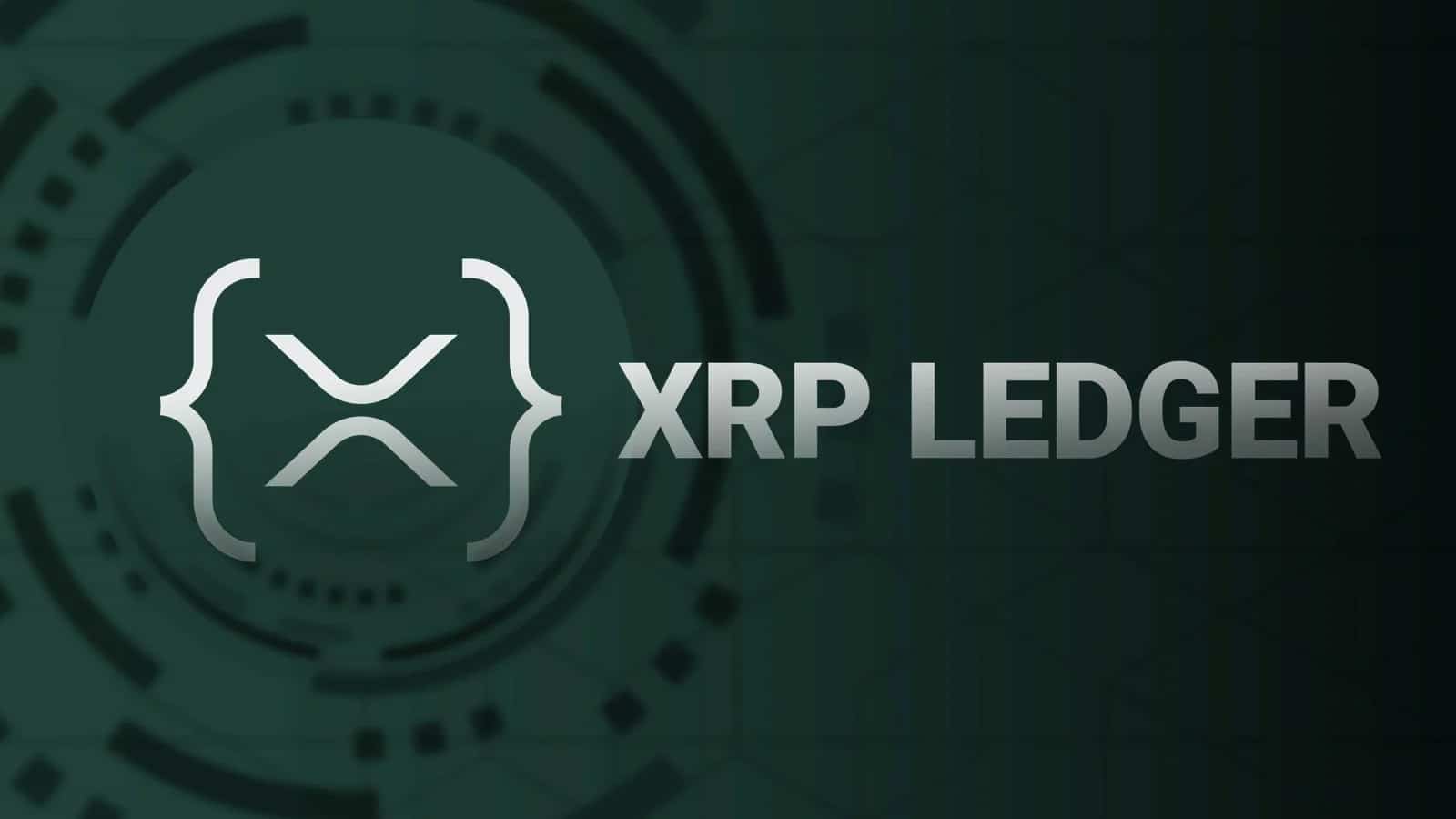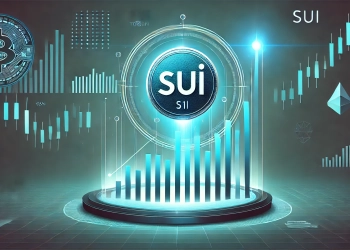Ripple (XRP) has announced the launch of tokenised US Treasury bills on the XRP Ledger (XRPL). This announcement marks a significant milestone for the blockchain sector. A strategic collaboration with OpenEden has enabled this forward-thinking action. It represents a giant leap forward in integrating conventional financial products with DeFi technology.
Tokenising real-world assets (RWAs) like T-bills on the XRP Ledger is a huge step forward in giving institutions access to DeFi. This project highlights the increasing use of blockchain technology in traditional financial markets and its adaptability. As a result, the world of digital asset investing and management could see changes.
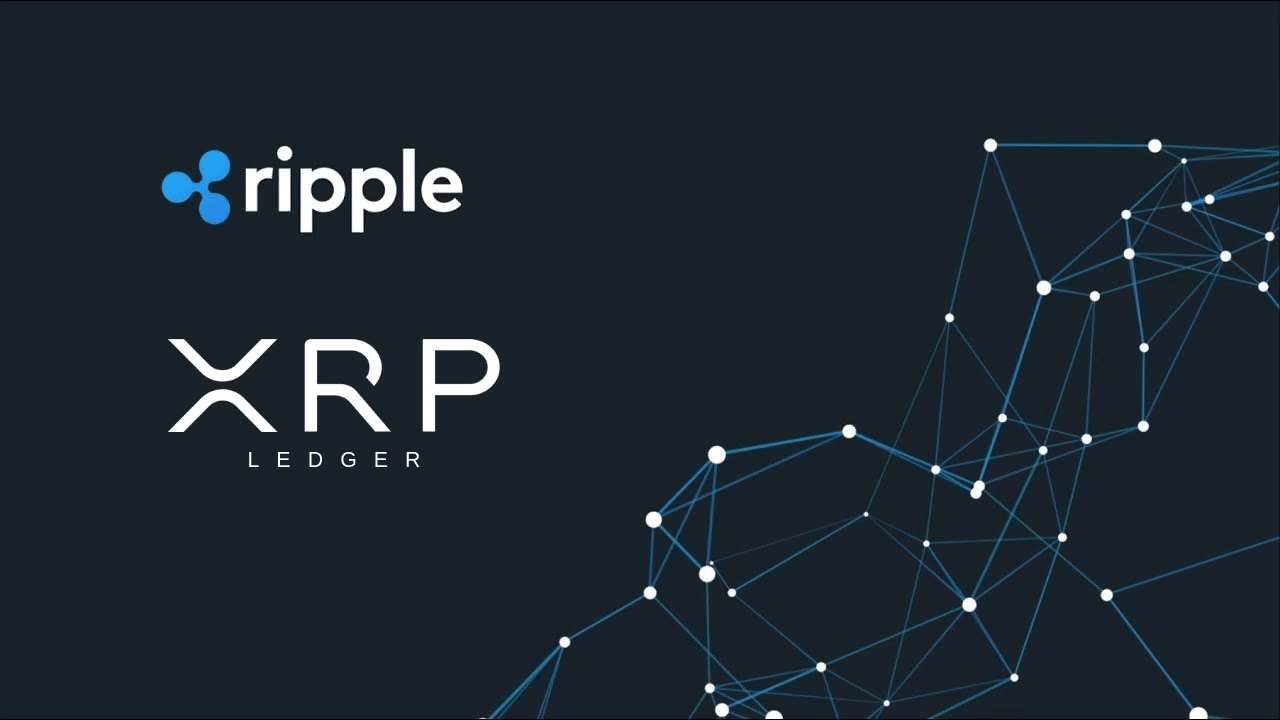
Bringing Tokenized T-Bills to XRPL
Noteworthy, OpenEden is leading the way in tokenising US T-bills. SGOs support them and reverse repurchase agreements tied to US Treasuries. With tight KYC and Anti-Money Laundering screening procedures, OpenEden guarantees top-notch security. They can also ensure adherence to regulations. With a larger fund set aside for tokenised T-bills, Ripple invested $10 million in OpenEden’s TBILL tokens as a sign of support.
More institutions are looking into tokenisation. The XRPL’s characteristics make it a prime blockchain for these applications. This notion was pointed out by Markus Infanger, RippleX’s senior VP. Infanger also mentioned the prospects and benefits of tokenising physical assets on the XRP Ledger.
The Growing Ecosystem of XRP Ledger
The XRP Ledger is ready to manage financial use cases of an institutional grade. It achieves this with the help of its native Oracle support, Automated Market Maker (AMM), and Decentralised Identifier (DID). Because of these qualities, it is a perfect platform for DeFi solutions and RWA tokenisation.
Also, the fact that OpenEden could generate more than $75 million in TVL from its tokenised T-bills shows market confidence. A prior investment-grade “A” rating from Moody’s was also bestowed upon OpenEden’s tokenised US Treasury product.
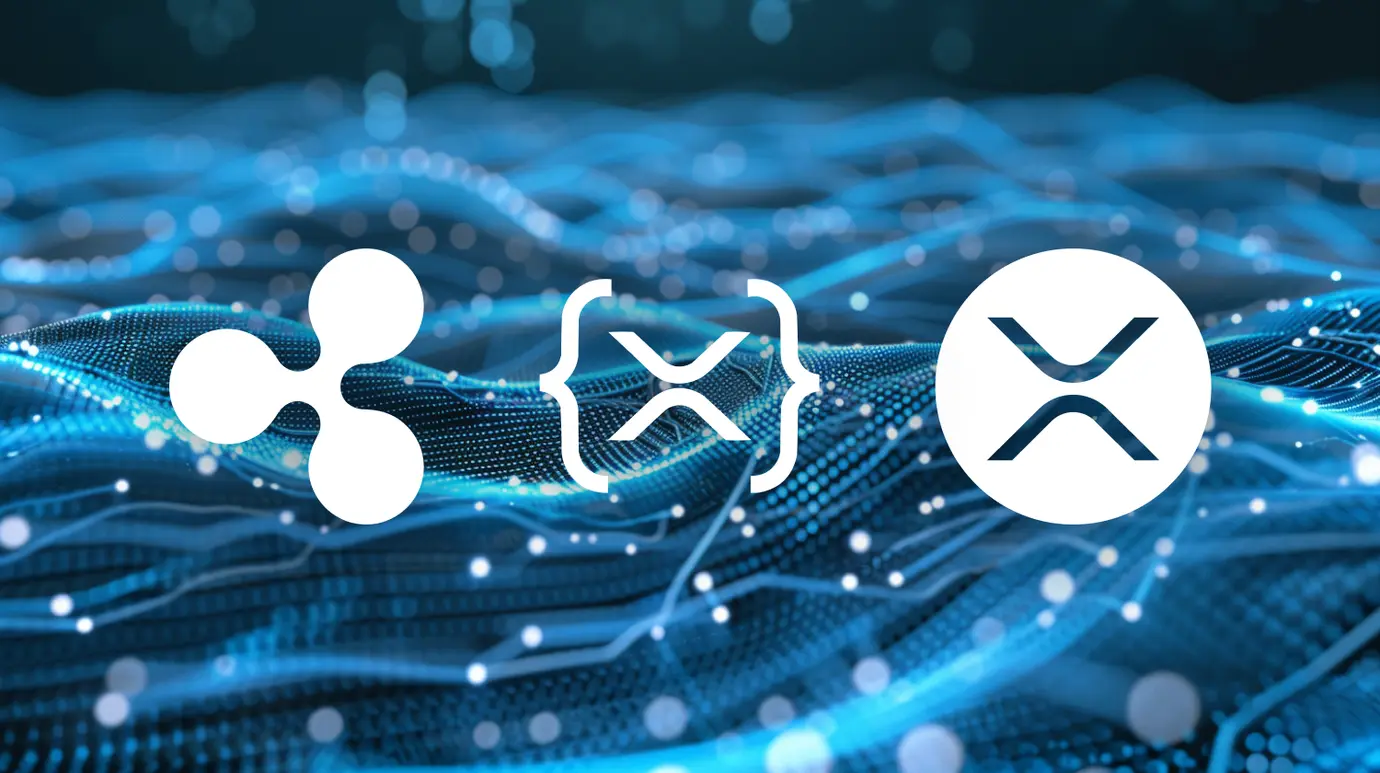
Institutional investors interested in OpenEden are buy-side funds, corporate treasuries, and foundations. Jeremy Ng, co-founder of Ripple, highlighted the significance of tokenising T-bills and adding them to the XRP Ledger. It would let buyers mint TBILL tokens using stablecoins like Ripple USD when launched.
Impact on Institutional Adoption
There will likely be a noticeable shift in institutional blockchain use following the tokenised T-bills’ launch on the XRP Ledger. This effort creates new opportunities for institutional investors who want to diversify their portfolios. They would still have exposure to low-risk assets by connecting traditional financial instruments with the digital asset area.
There are some benefits for institutional investors from tokenising T-bills on the XRP Ledger. In contrast to more conventional markets, tokenised T-bills are always open for trade. Another way that investors can buy T-bills is in smaller denominations, which makes them more accessible. To top it all off, smart contracts can automate many procedures. This means less overhead and more productivity.
Blockchain technology’s transparency makes all transactions easy to see and impossible to change. More and more financial institutions are learning about XRP Ledger tokenised assets. This bodes well for the future of blockchain technology in conventional banking.
Regulatory Considerations and Future Outlook
Tokenising T-bills on the XRP Ledger is a big deal, but there are some severe regulatory questions it brings up. Regulators over the globe are pondering how to modify current frameworks. They are considering incorporating new developments at the convergence of blockchain technology and conventional banking.
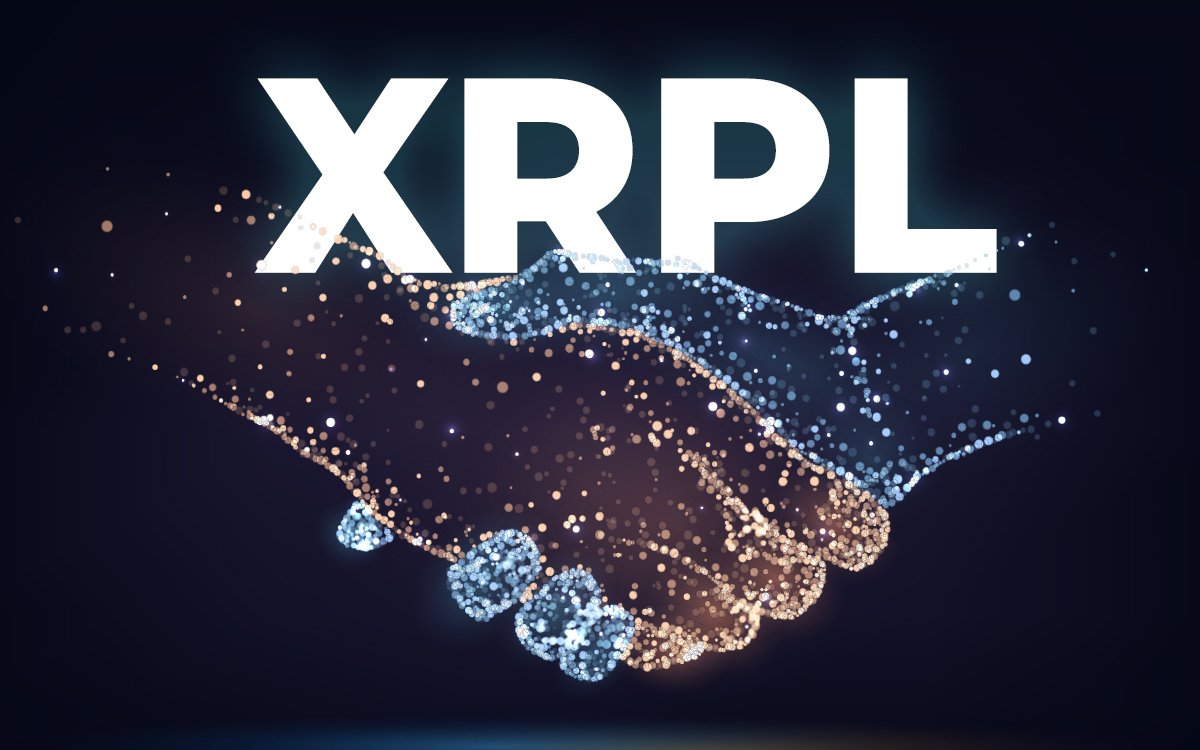
Among the most critical regulatory considerations is the need to encourage innovation. Simultaneously, there’s a need to guarantee adherence to current securities legislation. Maintaining compliance with KYC and AML regulations is essential. To keep illegal activities at bay, it would be helpful to keep screening procedures strong. Key regulations also include establishing transparent standards for the storage of tokenised assets.
XRP Ledger – Paving the Way for Financial Innovation
Launching tokenised T-bills on the XRPL is a significant step towards the merging of blockchain technology with conventional banking. This project shows the flexibility of the XRP Ledger. Also, it indicates how it might change the game regarding investing and asset management. The XRP Ledger is in a prime position to become a pioneering platform for tokenisation applications.
To sum up, the XRPL’s tokenised T-bills are a giant leap forward. The XRP Ledger’s function in enabling this transition is anticipated to expand. That will happen as more institutions delve into the possibilities of tokenised assets. A more equitable and effective international monetary system is within reach as legislation and technology advances. Therefore, it allows for new ideas to connect conventional finance with the digital asset realm. Stay informed with TurkishNYRadio for the latest insights into blockchain technology and its transformative impact across industries.





















































































![BitTorrent [New]](https://s2.coinmarketcap.com/static/img/coins/64x64/16086.png)















